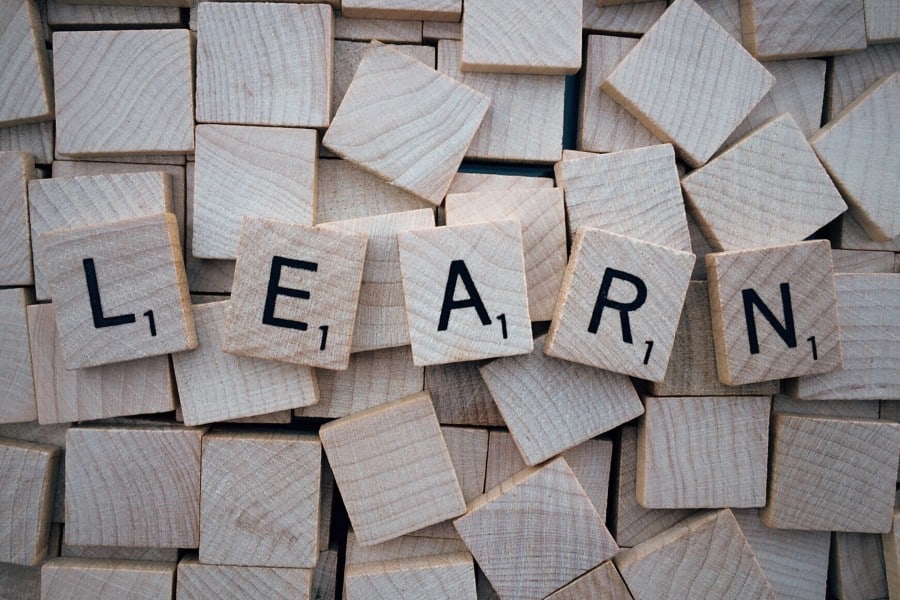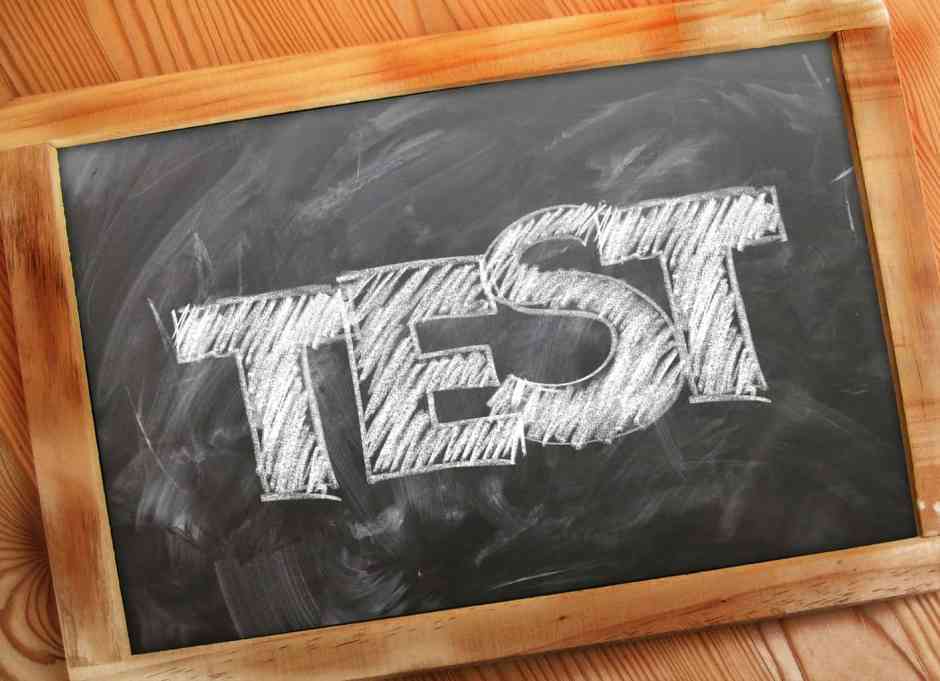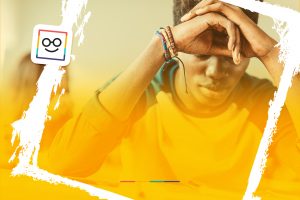
We are a reader-supported education publication. When you buy through links on our site, we may earn an affiliate commission to help us keep providing content.
How do you learn best? For many, the answer is self-directed learning. According to experts, students can learn better when they control the flow of the experience. How can you harness the power of self-directed learning and accelerate your knowledge in nearly any subject?
Think about the last time you fully absorbed yourself in a task. Chances are, you forgot the outside world and honed in like a laser on your goals. Through a conscious process, you can steer yourself toward self-directed learning in any discipline to maximize your efforts. Here’s how to engage with self-directed learning.
Step One: Assess Your Readiness
To begin your journey, examine your learning goals — and your purpose. What do you want to learn, and why is it important? It’s easier to commit to your learning path if you understand how mastering this knowledge is meaningful.
Next, identify the gaps in your knowledge. For example, you may know that genes direct cell function, but not what a particular combination of genes controls. Write down questions you want to answer through your studies — this will guide you as you work on your goals.

Step Two: Explain What You Know
Whatever skill you hope to master, you need a starting point. Ask, “What do I know about this subject already?” For example, if you want to learn about software, you likely already understand a Windows or iOS operating system. You may already use similar programs for other purposes.
To solidify what knowledge you already have, briefly explain what you know to a friend or family member. Alternately, write a brief paragraph describing what you know. Pay attention to any assertions you question the accuracy of and write down additional questions.
Step Three: Acquire New Knowledge
Now, you’re ready to study new material. Determine how you learn best, and incorporate a variety of modalities. For example, if you’re an auditory learner, a tool like a text-to-speech app may help you understand books more effectively than reading silently.
Break your studies into manageable chunks of time to avoid burnout. Ben Franklin left school at the age of 10, yet history considers him a brilliant writer, statesman and inventor. How did he master so much with little formal education? He dedicated one hour each day to reading or learning something new. Schedule your studies similarly, since it’s difficult to absorb new information through cramming.
Are you enrolled in a formal course of academic study? You can still locate outside resources to bolster your knowledge. For example, if you’re interested in learning a new language, explore alternate learning avenues such as smartphone apps and educational travel opportunities.

Step Four: Document Your Learning
As you proceed through your journey, document what you’ve learned in various formats. If you enjoy writing, take notes or compose a few paragraphs explaining what you’ve uncovered. Create a mind map, a visual representation of how interrelated concepts connect. If you’re a kinesthetic learner, try to build a scale model.
Keep the value of collaborative learning in mind throughout. For example, you may ask a trusted mentor or friend to serve as a learning accountability partner, someone to ask questions about what you’ve learned. Alternately, you can seek out an online or in-person study group — or even start one yourself!
Step Five: Assess, Identify Gaps, Repeat
Finally, you need to measure your new knowledge. If you’re still in school or enrolled in a higher-educational program, you generally take exams or complete projects to demonstrate mastery.
If you’re learning independently, you’ll need to assess yourself. For example, if your goal was to understand a new computer program, your assessment can consist of using the software to complete a work task. If you wanted to learn how to prep healthy snacks for the workweek, the proof is in your sugar-free, fruit-filled pudding.

When you assess your learning, take note of any remaining areas of deficiency. Remember, education is a process. You’re not doing it to beat yourself up — you’re doing it to build your knowledge. Identifying areas of misunderstanding helps you clarify opportunities for further growth.
Self-Directed Learning Helps You Master Any Skill
Knowing how to engage in self-directed learning is the key to mastering any topic or skill — whatever your interests, education level or life stage. With motivation and the methods above, you’re on the path to lifelong learning.








